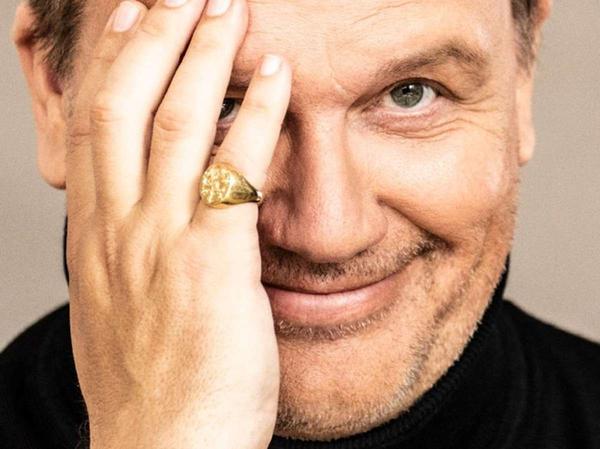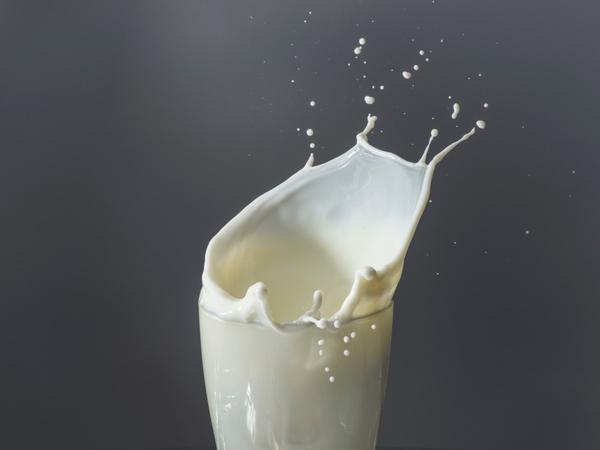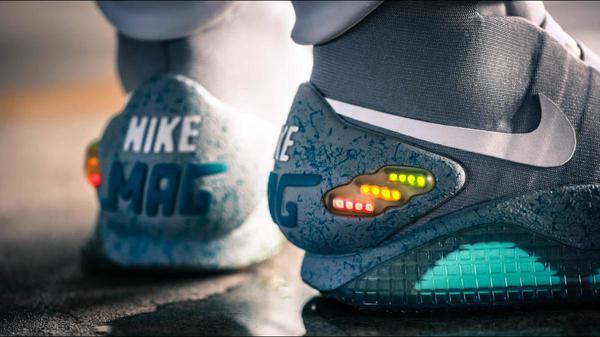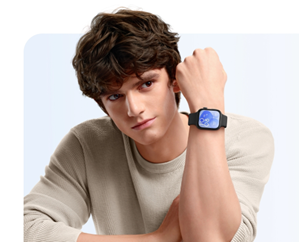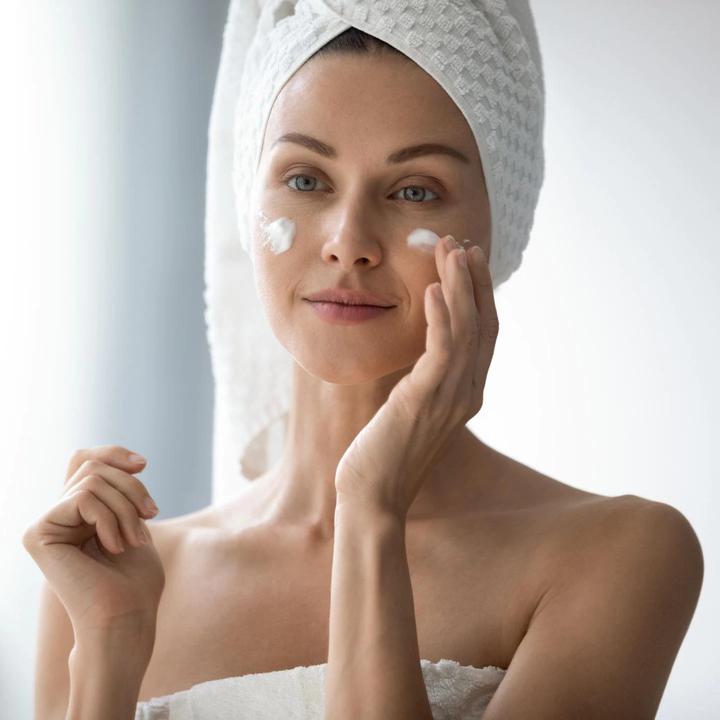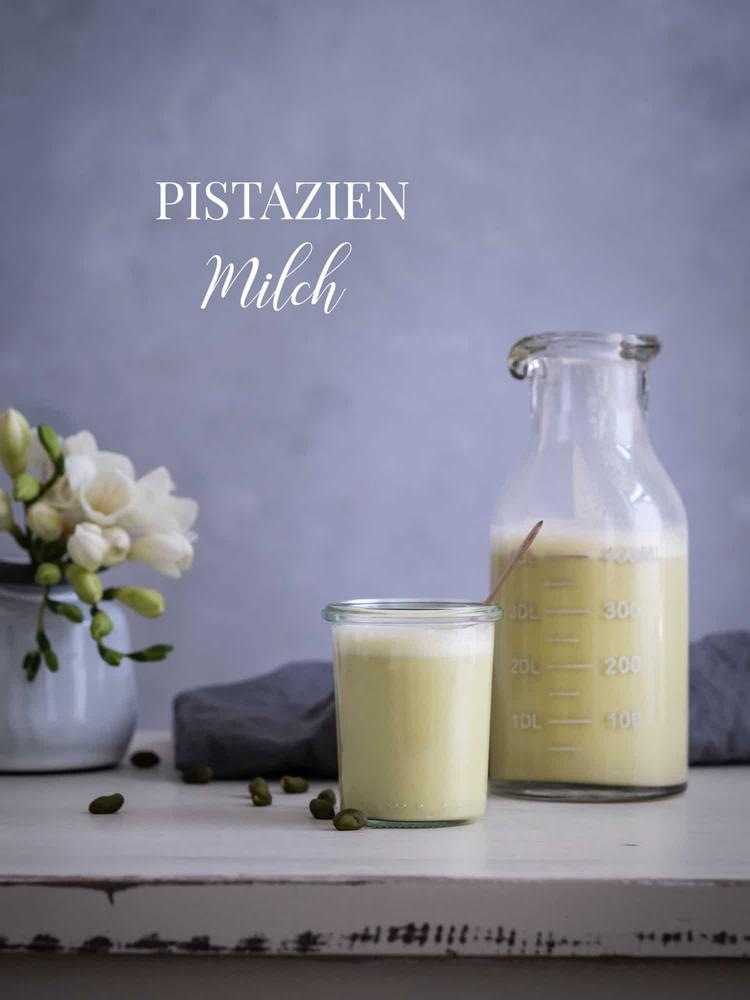
Whether inertia, migraine or joint pain: the cold seasons can cause health problems. During the transition from summer to autumn, the joints start to pain. Why? Dr. Petra Bracht and Roland Liebscher-Bracht, authors of "die Arthrose lie" (Mosaik Verlag), say in an interview with the news agency spot on News what happens to our body in autumn and how we can prevent pain. "most people have a lot of stress and too much tension in the body," says Dr. Petra Bracht and Roland Liebscher-Bracht, author of "die Arthrose lie" (Mosaic Verlag).
Why pain limbs more frequently in autumn?
Dr. Petra Bracht and Roland Liebscher-Bracht: because warmth and cold have different effects on the cause of today & APOs; s most common pain. This great common cause of pain from head to toe is too high tension of muscles and fascia. Whether migraine, neck, shoulder, back, hip or knee pain, Achilles tendon pain, foot joint pain, so-called arthrosis pain or chronic pain-they all plague us in most cases because we have shortened and made inflexible muscles and fascia due to our way of life, sitting, too little use of the movement possibilities of our joints and our & quot; everyday training & quot;. How do you feel in the pleasantly hot tub? Relaxed, right? And in one with ice cold water? Tense and tense. The warmth relaxes muscles and fascia, which reduces the pain. Cold does the opposite. This is the main reason why most people get more pain in autumn when it gets cooler.
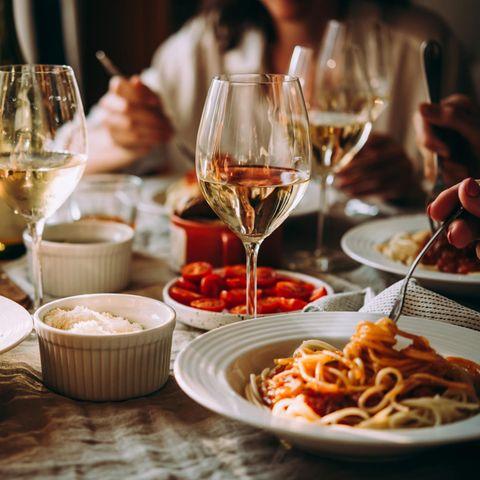
Often you feel pain especially in the morning after getting up or in the evening when you go to bed. Why is that?
Dr. Petra Bracht and Roland Liebscher-Bracht: most people have a lot of stress and too much tension in the body due to the way of life described above. At night, we usually lie down in such a way that, despite these too high tensions, we feel as comfortable as possible and go into appropriate protective positions. For example, most people sleep in the side position dressed with one or even both knees. So in the & quot; sitting position & quot; because they sit a lot during the day and Don & APOs; t compensate for that. In the morning, the muscles involved are set to & quot; short & quot; and do not want to give in when they get up. They pull against it, and it causes pain. Then you have to move. They give up reluctantly, but then better and better, and this morning & APOs; s inrun pain is diminishing. In the evening the following happens: we lie down and if muscles have to grow longer when taking this position, then the pain causes the length conditions to be right again until after some time. But if the muscles are too short and tense, you & APOs; ll be in pain all night.
Which people are affected by this?
Dr. Petra Bracht and Roland Liebscher-Bracht: this can be determined almost mathematically: the less we use our joint angles, which are actually "installed", the more pain is the logical consequence. By the way, due to the excessive tension not only pain, but also all the wear symptoms such as arthrosis, meniscus cracks, herniated disc incidents, inflamed Achilles tendons, pubic infections, carpal tunnel syndromes and heel spurs arise. The list can be continued for a long time. But now comes a striking fact: today, after more than 30 years of research and experience with countless patients, we can say that these damage to the body structure usually have nothing to do with the pain. They can be painless despite 4th degree arthrosis. For the knee, we were able to show this clearly in a first pilot study.
How to prevent this pain?
Dr. Petra Bracht and Roland Liebscher-Bracht: by reducing and normalizing too high tensions. This happens automatically with our so-called bottleneck stretches, in which the muscles and fascia are stretched and flexibly strengthened in a very special way. The mobility increases, the pain disappears and the wear is repaired by the body, which in most cases still works well. And, of course, by eating healthy food, mainly with full-fledged plant food.
How can you treat the pain if it already occurs?
Dr. Petra Bracht and Roland Liebscher-Bracht: just like if we want to prevent them. In acute but also chronic pain there is still the possibility of our osteopressur treatment. In our therapy, trained doctors, physiotherapists and naturopathists press on certain points on the bone and this causes the brain to reduce the excessive tension in the minute effect. Then, however, the exercises of patients must also be performed regularly, but not more than usually only ten to 15 minutes a day, so that the pain is permanently eliminated.

